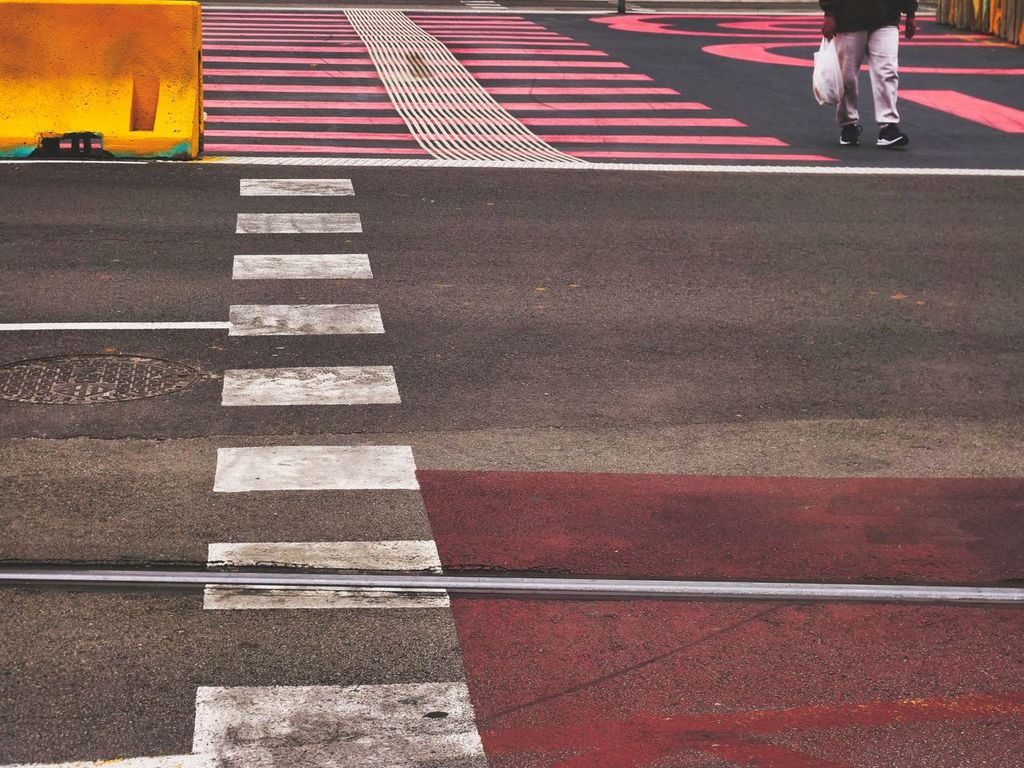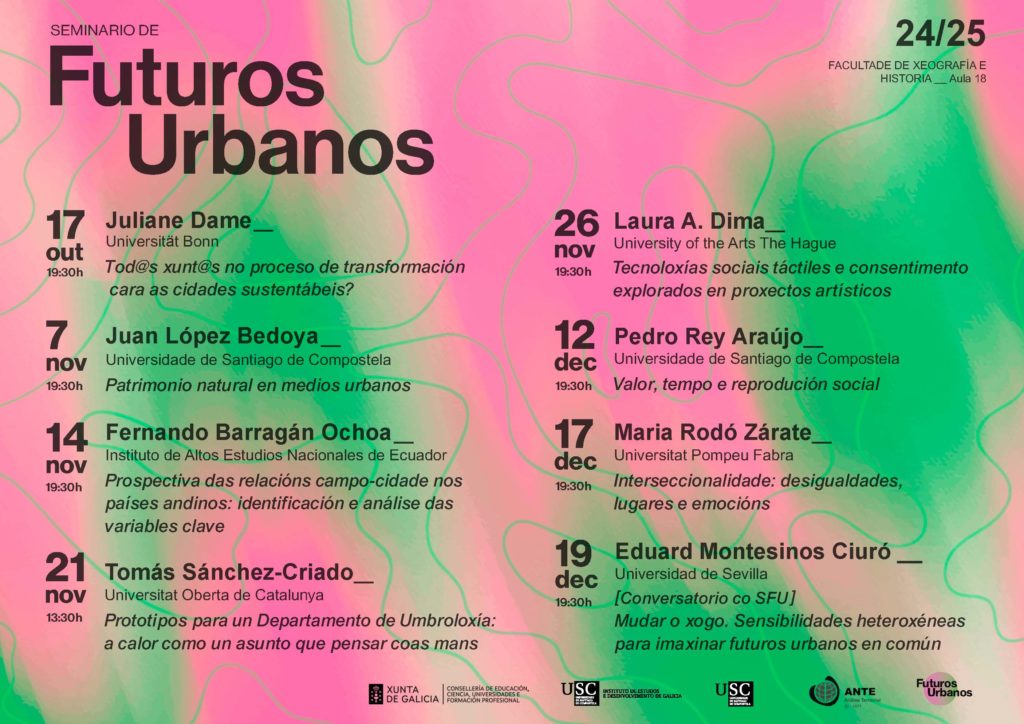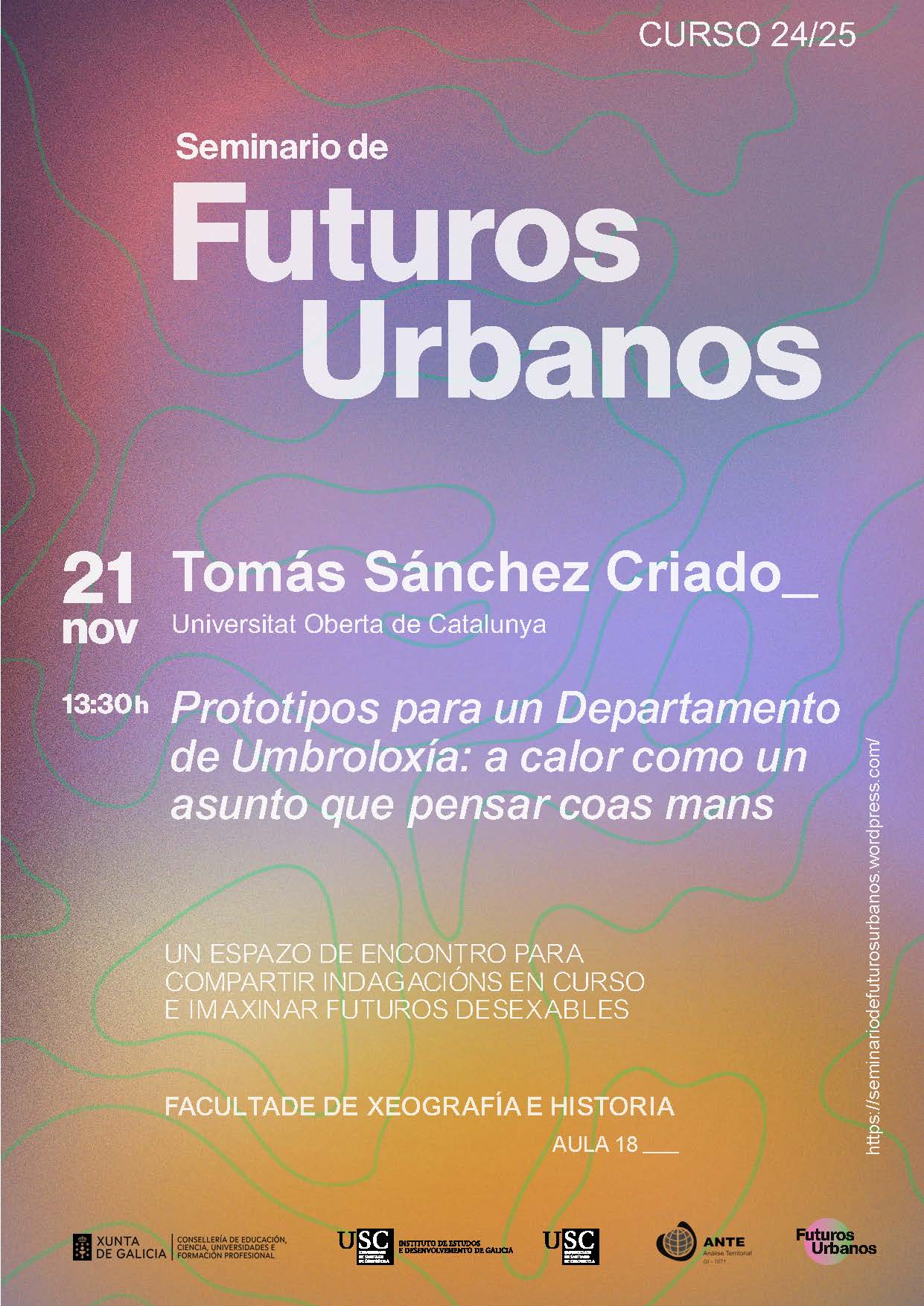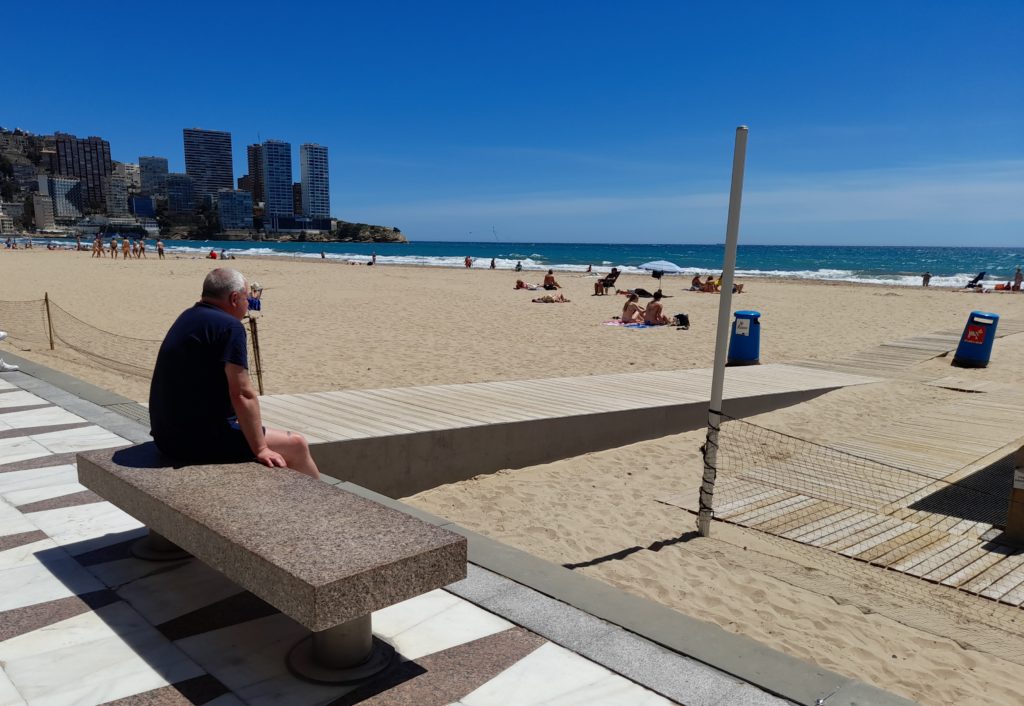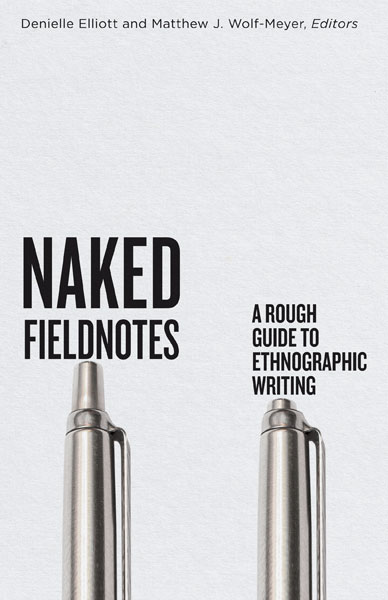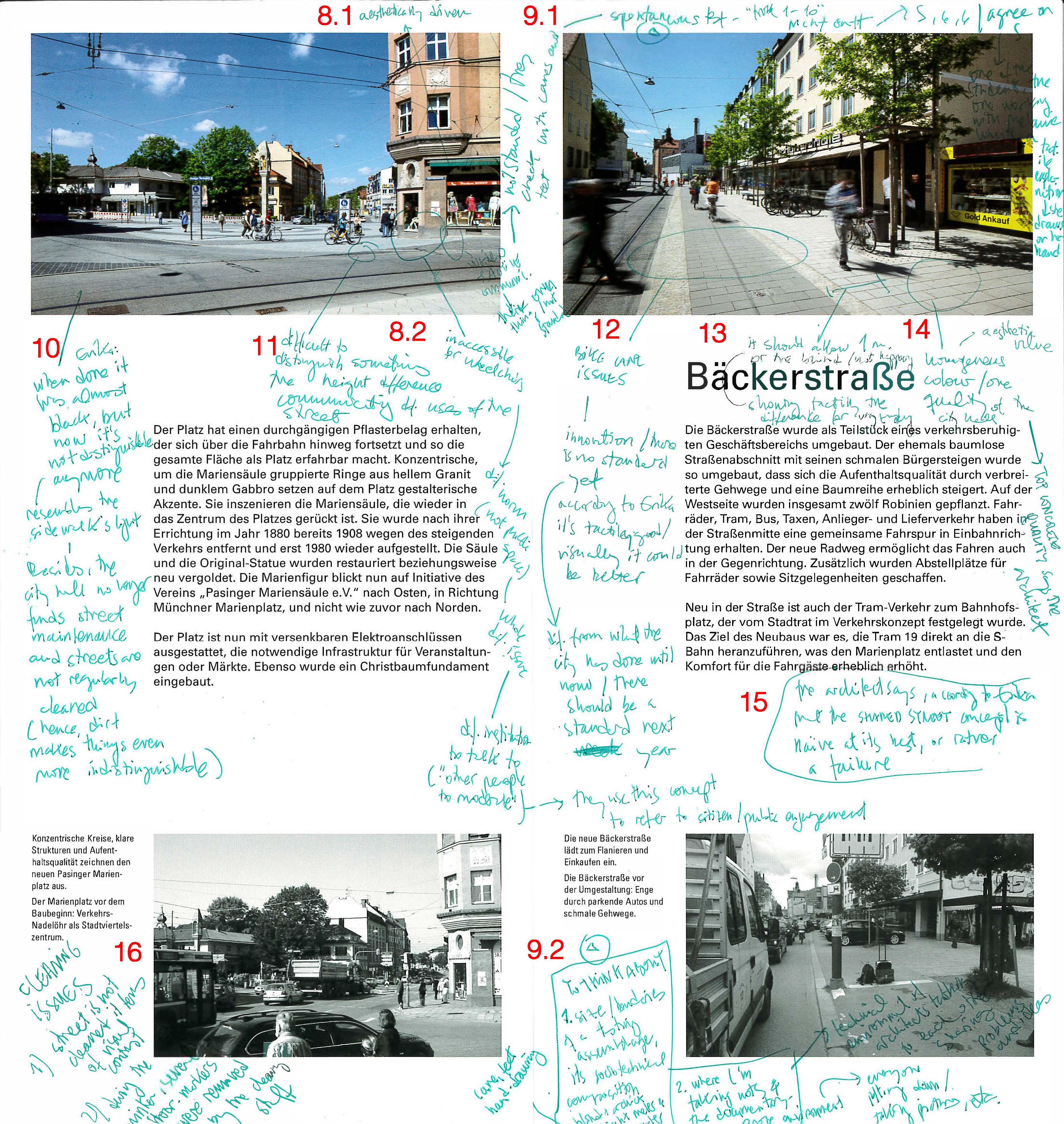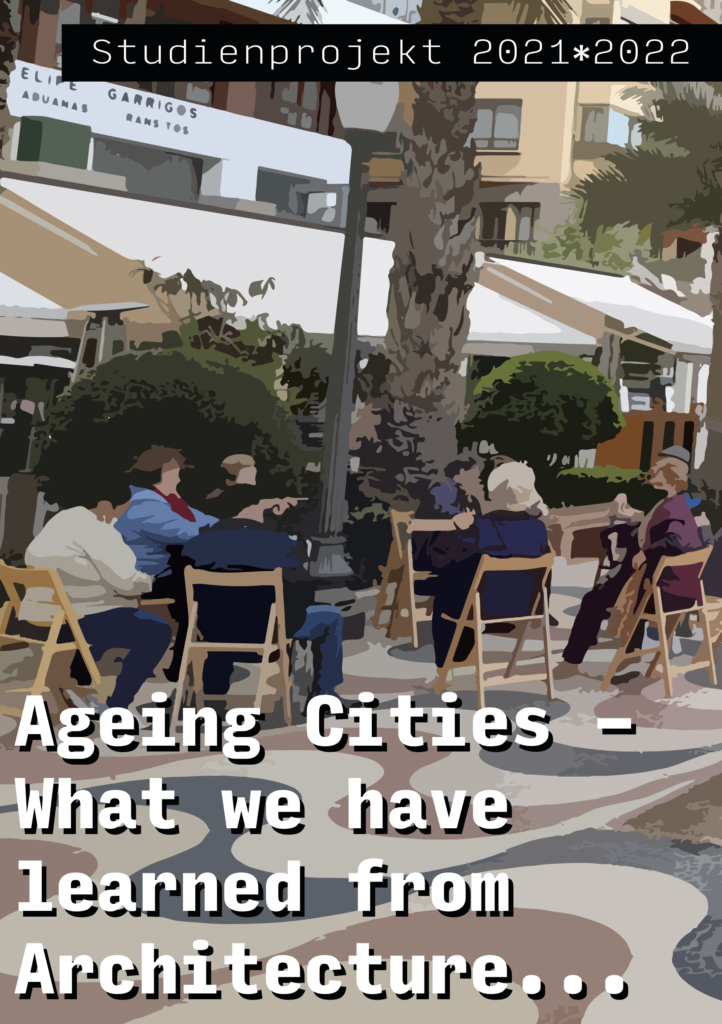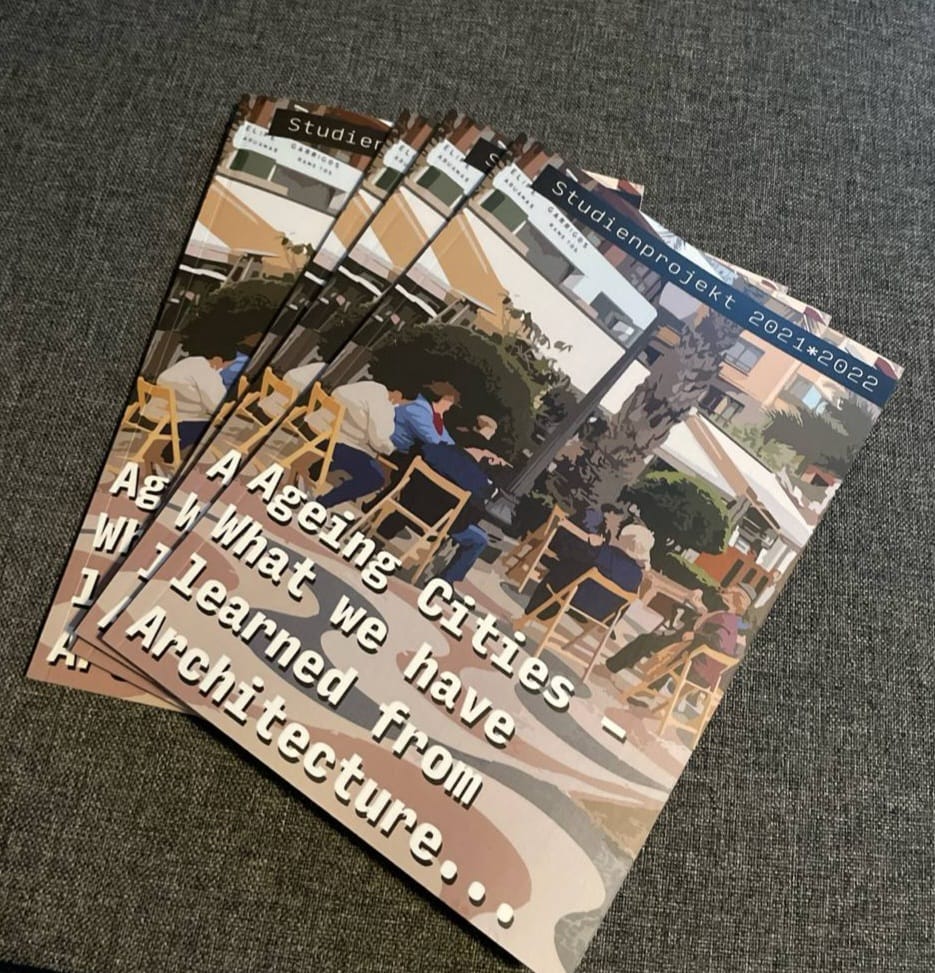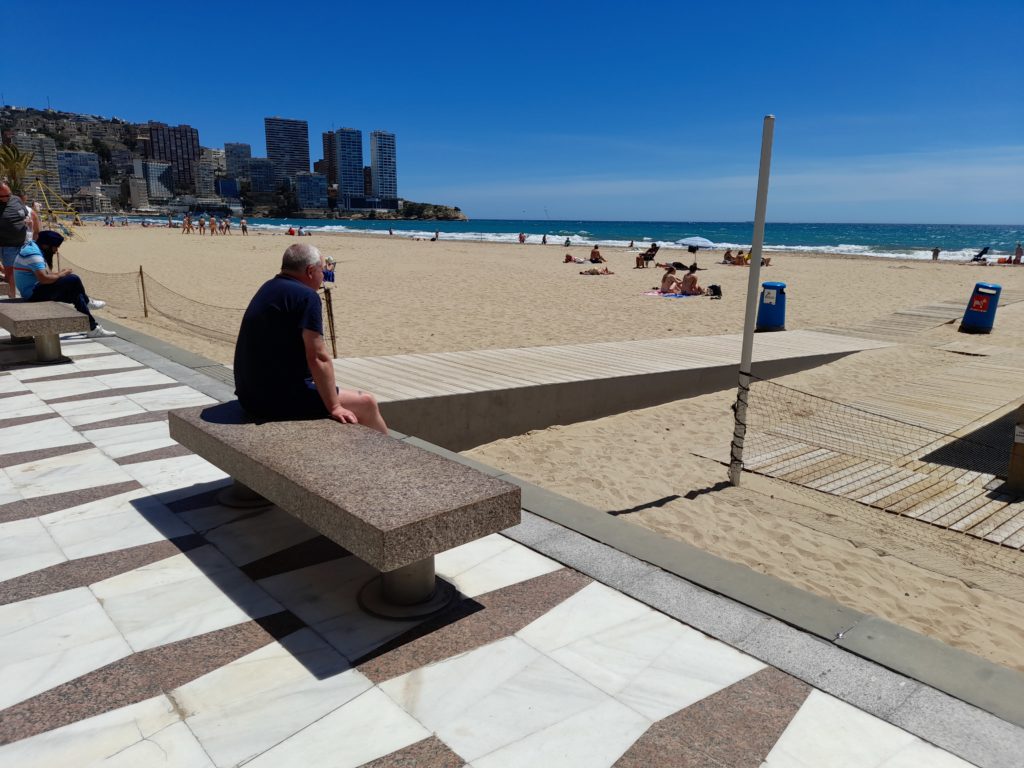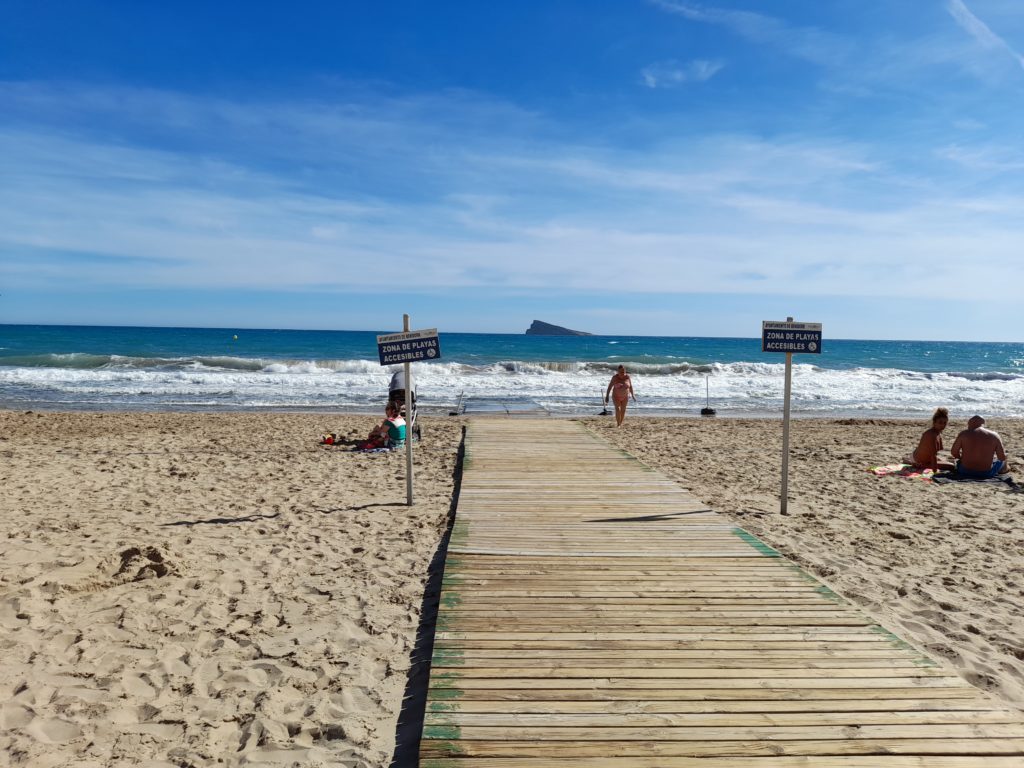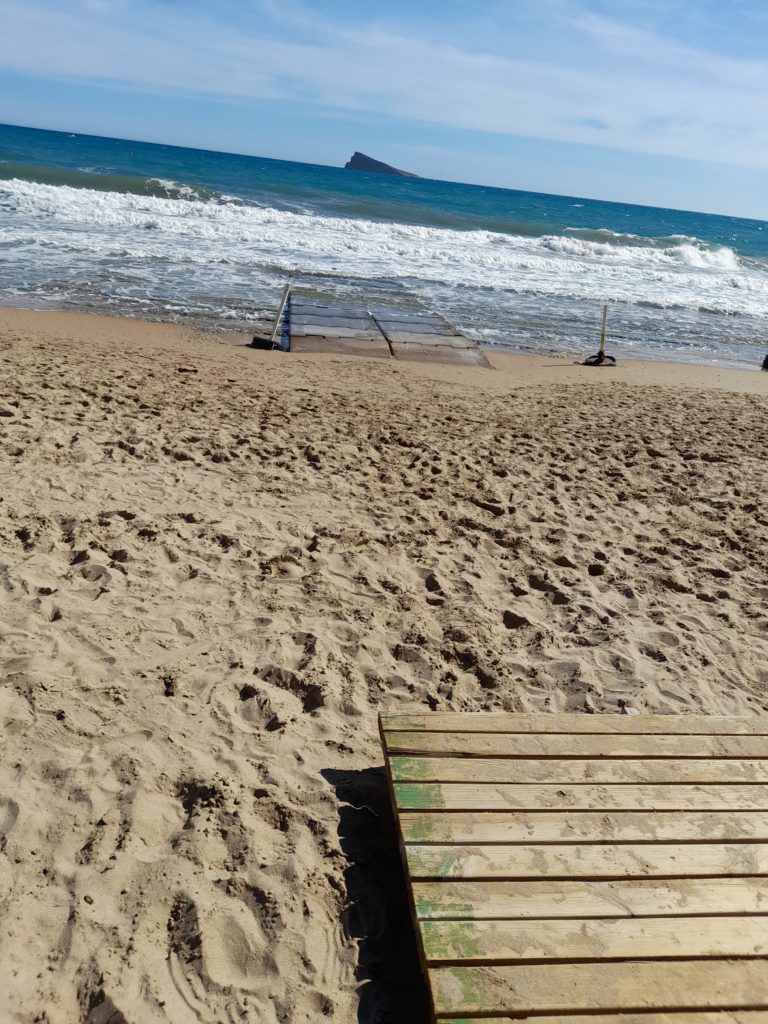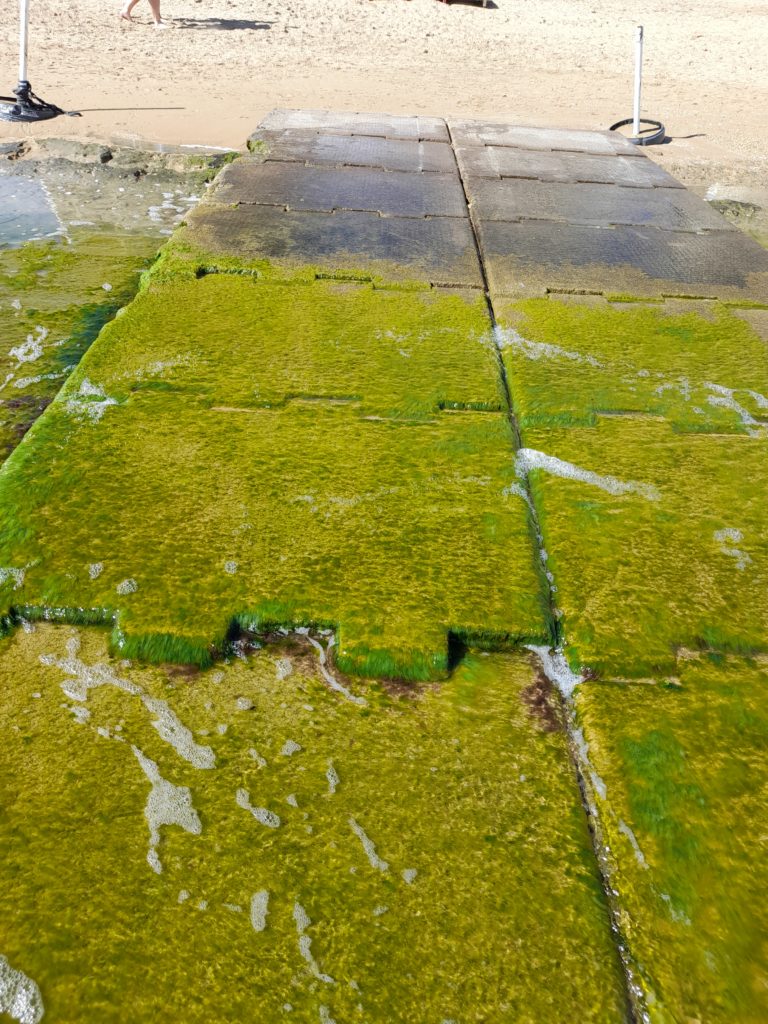Aquest estiu al Departament d’Umbrologia estem duent a terme el projecte Comunitats a l’ombra (subvencionat per l’Ajuntament de Barcelona): un mapatge participatiu i un procés d’intervenció per tal de construir “comunitats a l’ombra” en el districte de Sant Andreu de Barcelona, liderat per Nusos Coop i Arquitectura de Contacte.
+info: https://umbrology.org/bcn2025/
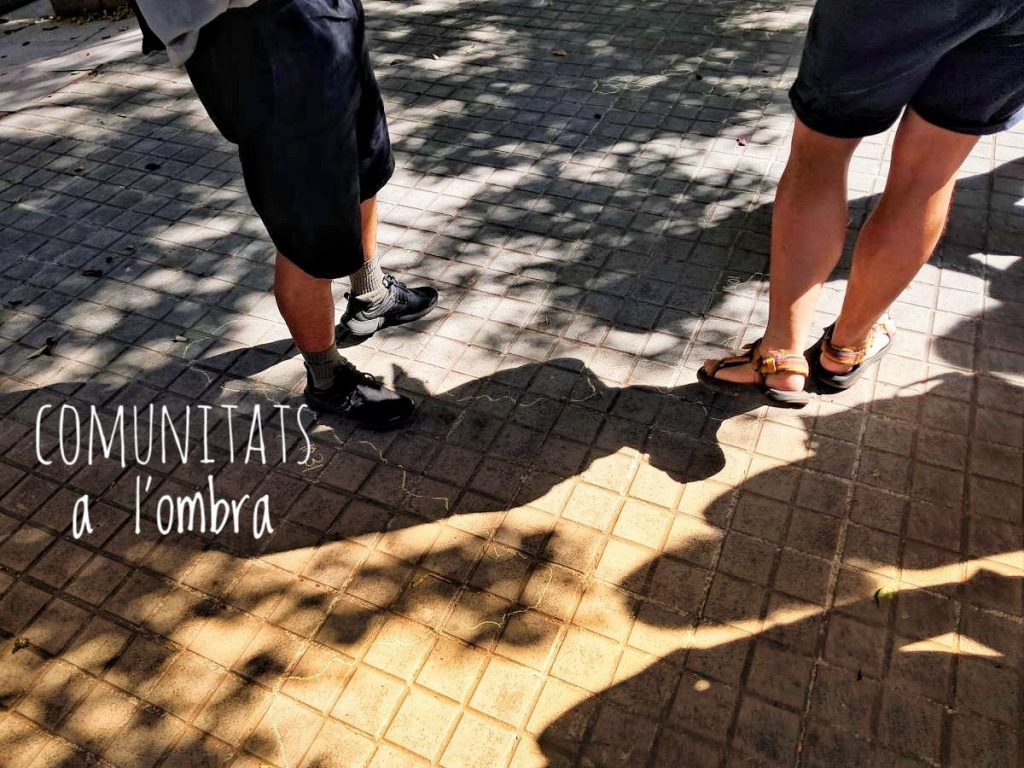
***
Maig-Juny 2025
De les aules a la ciutat de les ombres
Activitat de les Setmanes d’Arquitectura 2025, organitzada per Arquitectura de Contacte amb Nusos Coop i el Departament d’Umbrologia.
Institut Escola Vapor i Molí (C. de Guardiola i Feliu, 7-9, 08030 Barcelona)
dt. 13 maig · 09:15 – 11:45, dt. 20 maig · 09:15 – 11:45, dt. 03 jun · 09:15 – 11:45
Tallers d’anàlisi i cocreació per empoderar els joves com a agents actius en el procés de transformació ecosocial de la ciutat que habiten.
Arran d’una necessitat ja expressada pel veïnat del barri de Sant Andreu de fer-lo més habitable —especialment durant l’estiu—, es proposa aquest projecte que incorpora els joves que habiten aquest espai de forma quotidiana (l’alumnat de l’Institut Escola Vapor i Molí) en el procés d’identificació d’aquesta necessitat i en el desenvolupament de possibles solucions.
Es duran a terme tres tallers amb l’alumnat de 4t d’ESO, seguint l’esquema següent:
Anàlisi d’usos. El focus no se centra tant en la lectura formal de la ciutat com en tot allò que hi passa en l’àmbit de la vida quotidiana. En aquesta sessió es comptarà amb l’acompanyament d’Umbrology, un col·lectiu d’antropòlogues i geògrafes que orienten l’anàlisi urbana a partir de l’ombra i els canvis socials que aquesta comporta.
Mapatge d’habitabilitat. L’objectiu d’aquesta sessió és entendre i fer visibles els factors que fan que alguns espais observats en la sessió anterior presentin una intensitat d’ús més gran i diversa. Aquesta activitat es realitzarà amb el suport de la cooperativa de ciència ciutadana Nusos, i inclourà la presa de dades com temperatura, humitat, etc.
Construcció col·lectiva d’estratègies. A partir de les conclusions extretes en les sessions anteriors, es dinamitzarà una sessió de cocreació per desenvolupar propostes de millora que reforcin la demanda d’ombres plantejada per la comunitat.
Relatoria
***
Cap a una senyalètica urbana del canvi climàtic
Passejada i taller de co-creació
20 de juny de 2025, 9:30-14:00 @ Sala U0.3, Universitat Oberta de Catalunya (c. Perù 52, 08018, Barcelona)
Passejada i taller de co-creació ideats per Tomás Criado i Zeynep Sıla Akıncı
Organitzat pel Departament d’Umbrologia @ CareNet de la Universitat Oberta de Catalunya, en col·laboració amb Arquitectura de Contacte i Nusos Coop
Plantejament
Caminar és una manera interactiva d’explorar i entendre una ciutat. A Barcelona, reconeguda com una de les ciutats més caminables, caminar és una activitat agradable. No obstant això, amb l’augment de la calor, caminar en els mesos estiuencs pot convertir-se en una activitat poc saludable i, fins i tot, perillosa.
Aquest taller convida a persones i entitats interessades pel canvi climàtic a les nostres ciutats, així com a recercaires i estudiants de les cièncias socials, les ciències ambientals, les arts i les disciplines del disseny urbà a pensar des de les seves experiències urbanes amb la calor i el sol: identificant espais de perill o exposició i ideant pràctiques col·lectives de protecció i cura.
Ho farem mitjançant dues activitats: primerament, passejarem al voltant de Can Jaumandreu observant, mesurant i cartografiant zones d’ombra (casuals o intencionals), imaginant-les en diferents estacions de l’any amb l’ajuda d’una app.
Després, traduirem aquestes experiències en un taller de co-creació per grups d’una senyalètica urbana del canvi climàtic, on abordarem diferents propostes, variant (1) els materials utilitzats, (2) els modes d’implementació, i (3) el públic objectiu. Creiem que la senyalètica pot esdevenir una pràctica col·lectiva rellevant per prendre consciència i intervenir els nostres espais públics en un context de canvi climàtic que posa en risc a molts diferents col·lectius i persones.
Tancarem amb un testeig i debat a l’exterior sobre les diferents propostes.
L’activitat està dissenyada per a un grup d’unes 20-30 persones participants.
Amb la participació de: Xavier Acarín, Barbara Adams (New School), Zeynep Akıncı, Adrià Bardagí (Arquitectura de Contacte), Marta Belev, Glòria Carrasco Turigas (IS Global), Sandra Carrizo (Asociación Española Contra el Cáncer-Barcelona), Maria Cifre (CareNet, UOC), Raquel Colacios Parra (TURBA, UOC), Tomás Criado (CareNet, UOC), Dennis Dizon, Ada Duran Berrojo, Marina Duran Lombardía (CareNet, UOC), Carme Garcia (Nusos Coop), Benjamin Gauchia (Oficina de Canvi Climàtic i Sostenibilitat, AjBCN), Andrea Nóblega Carriquiry (TURBA, UOC), Laura Oliveras (Agència de Salut Pública de Barcelona), Marina Pera (TURBA, UOC), Irene Ripoll Murcia, Sergio Ruiz Cayuela (IMPACTE, UAB) Isabel Ruiz Mallén (TURBA, UOC)
Relatoria
***
Juliol-Setembre 2025
Mapatge participatiu de les ombres del districte de Sant Andreu
[En procés]
Relatoria
